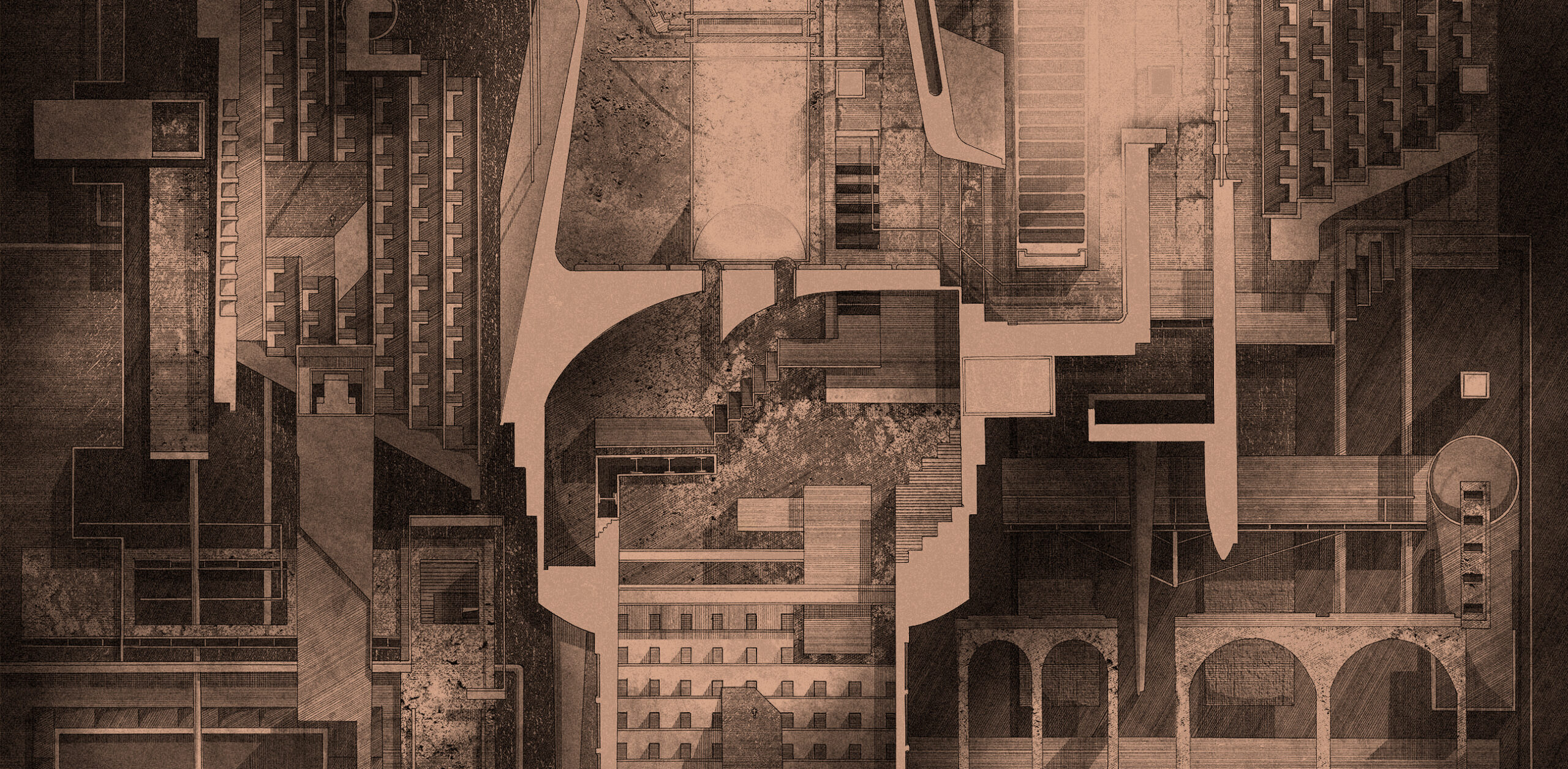Edwardian coving is a design element that exudes timeless elegance and sophistication, adding a touch of regal charm to interior spaces. Derived from the Edwardian era, known for its architectural grandeur and attention to detail, this ornate plasterwork is a defining feature in many historic and period homes.
This guide is your passport to Edwardian coving, where you’ll explore its rich history and steps to choose the right one.Â
Table of Contents
1. Understand Edwardian Coving
Edwardian coving is a distinctive feature of interior design from the Edwardian era, which lasted from 1901 to 1910. It’s characterized by its elegant and decorative moldings that adorn the junction between the walls and ceilings in many homes from this period.Â
If you live in an Edwardian or period-style home, preserving its historical charm and authenticity is vital. Understanding the specific coving designs from this period will help you maintain or restore the original character of your home.
2. Know Different Types of Edwardian Coving
Knowing the different types of Edwardian coving is crucial when choosing the perfect architectural accent for your home. Each type has its unique characteristics and design elements.Â
Plain Edwardian Coving
Plain Edwardian coving is known for its simplicity and clean lines. It’s excellent for creating a subtle, understated look. Use plain coving in rooms where you want to maintain a minimalist or contemporary feel. It works well in spaces with modern furnishings.
Ornate Edwardian Coving
Ornate coving is rich in intricate details and decorative patterns. It adds a touch of luxury and grandeur to a room. Regard it if you want to recreate the elegance of the Edwardian era.
Dentil Molding Coving
Dentil molding coving features small, tooth-like blocks that create a classic and timeless look. This type of coving suits a wide range of room styles, from traditional to contemporary. It can add character without overwhelming the space.
Gadroon and Bead Coving
Gadroon and bead coving combine grooved patterns with small bead-like designs. Use this coving to create a sense of depth and texture. It’s a versatile option for diverse room aesthetics.
Art Nouveau Coving
The artistic movement of the same name inspired art Nouveau coving. It often features organic, flowing shapes and intricate floral motifs. If you appreciate artistic and nature-inspired designs, consider Art Nouveau coving. It’s an excellent choice for rooms where you want to introduce a touch of creativity.
3. Ceiling Height and Room Size
Taller ceilings allow for more elaborate and ornate designs. They can handle larger and more intricate coving profiles without overwhelming the space. In contrast, rooms with lower ceilings benefit from simpler, less elaborate coving to maintain a balanced look.
Aside from that, the size of the coving should align with the room’s scale. In a spacious room, larger coving can add drama and elegance. While in smaller rooms, choosing a coving that doesn’t overpower the space is essential.
Remember, the goal is to achieve spatial harmony. The coving should complement the room’s size rather than dominate it. This creates a balanced and aesthetically pleasing environment.
4. Architectural Style of the Home
The architectural style of your home sets the tone for its overall aesthetics. To create a harmonious and cohesive look, choosing architectural accents that align with the home’s style is essential.Â
Begin by identifying the architectural style of your home. Research or consult with an architectural expert if needed. Understanding the style’s key features is crucial.Â
Sometimes, you might find that standard coving options don’t precisely match your home’s unique architectural features. Consider custom coving tailored to your home’s specific requirements in such instances.
5. Budget Considerations
Before embarking on any home improvement project, it’s essential to have a well-defined budget in place. Knowing your budget helps you make informed decisions and prevents overspending.
The cost of architectural accents, including coving, can vary significantly depending on materials, design complexity, and size. Awareness of these variations allows you to choose a design that fits your budget.
Remember, overspending on architectural accents can lead to financial stress and strain. Setting a budget ensures you can enjoy the enhancements to your home without worrying about excessive expenses.
6. DIY vs. Professional Installation
Installing coving can be time-consuming, especially if you’re new to the process. It may involve multiple steps like measuring, cutting, and fitting. Consider whether you have the time and patience for a DIY project, as professional installers can complete the job more quickly.
Remember, the complexity of the coving installation can influence your decision. If your design includes intricate patterns or multiple rooms, professionals are better equipped to handle it.
Consult friends or online communities for recommendations on professional installers. Check their reviews and ask for references to ensure they have a track record of quality work.
Enhance Your Space with this Architectural Accent
Whether you embark on a DIY project or opt for professional installation, this architectural accent can transform your home. With the right selection and installation, you can create a classic and sophisticated atmosphere that exudes style and character. So, explore the world of Edwardian coving to add a touch of timeless beauty to your space.Â
